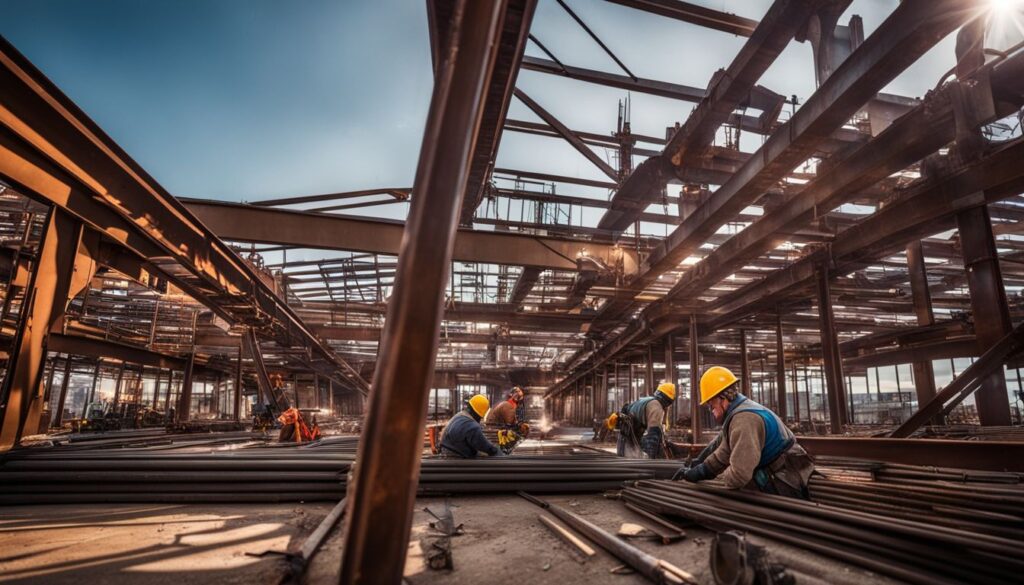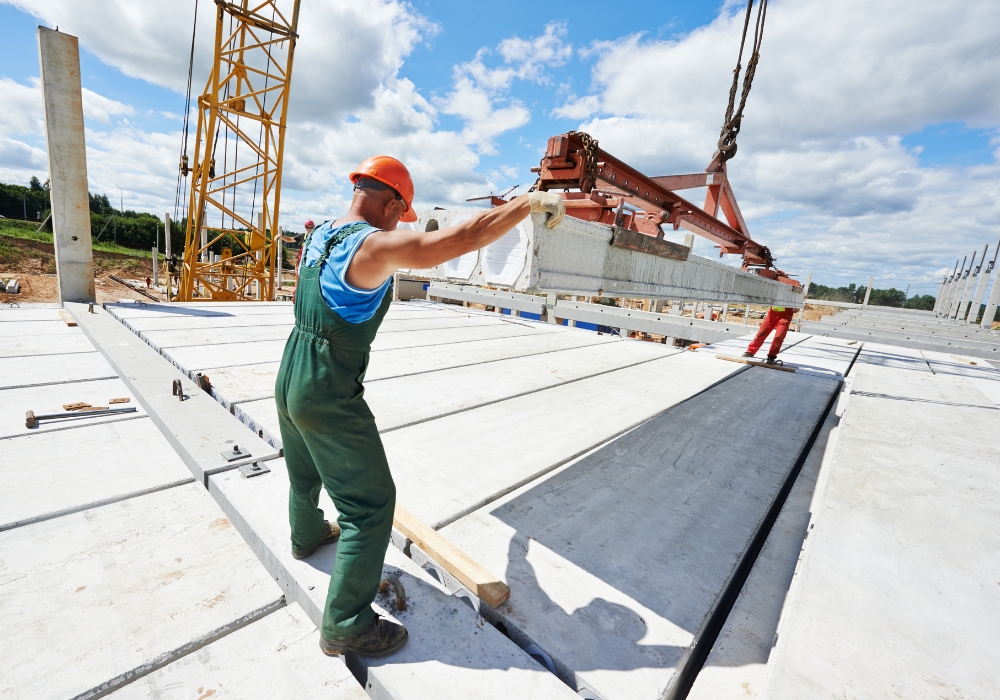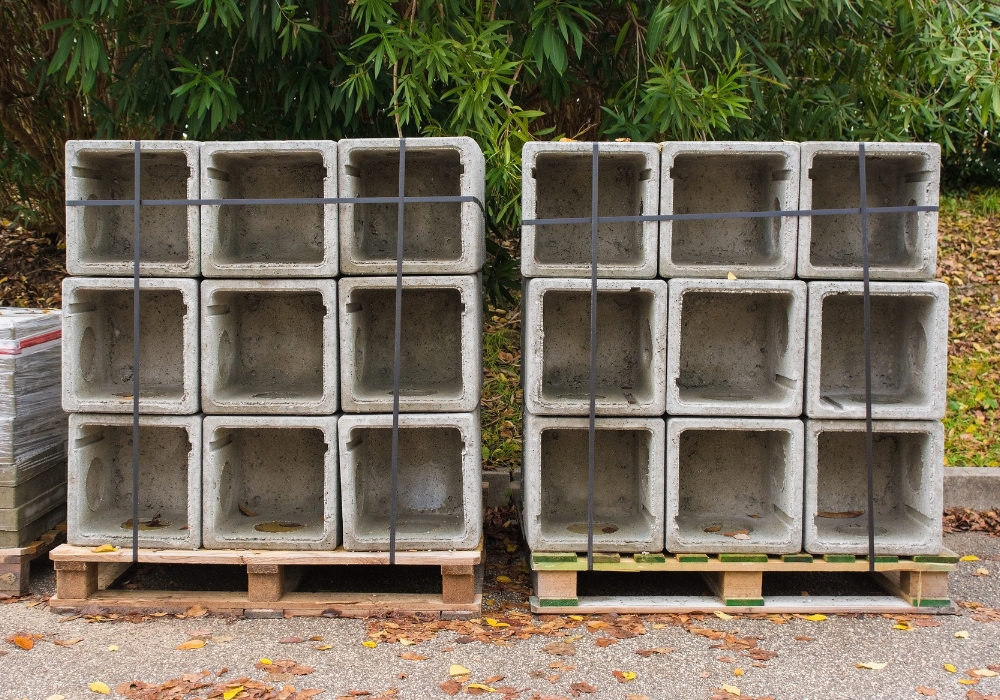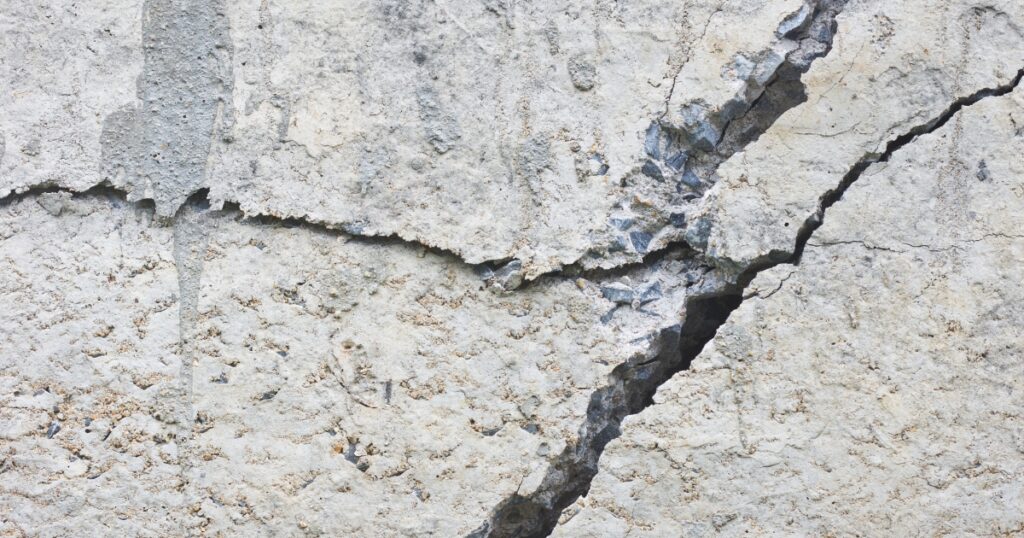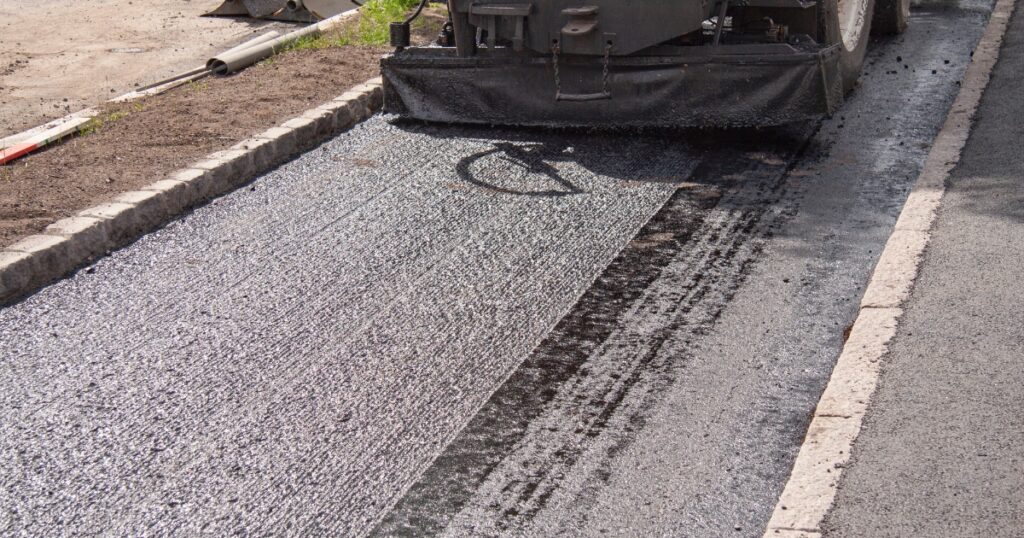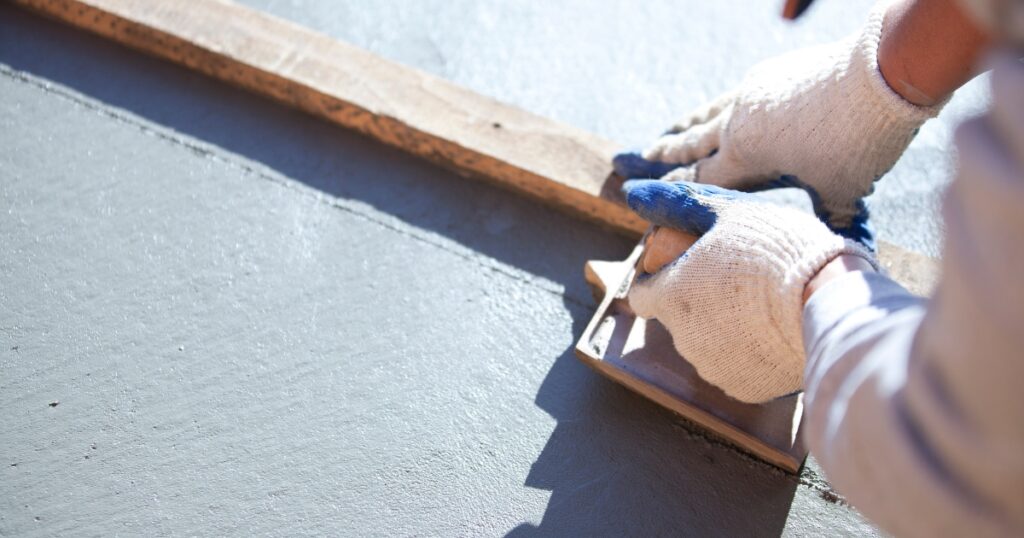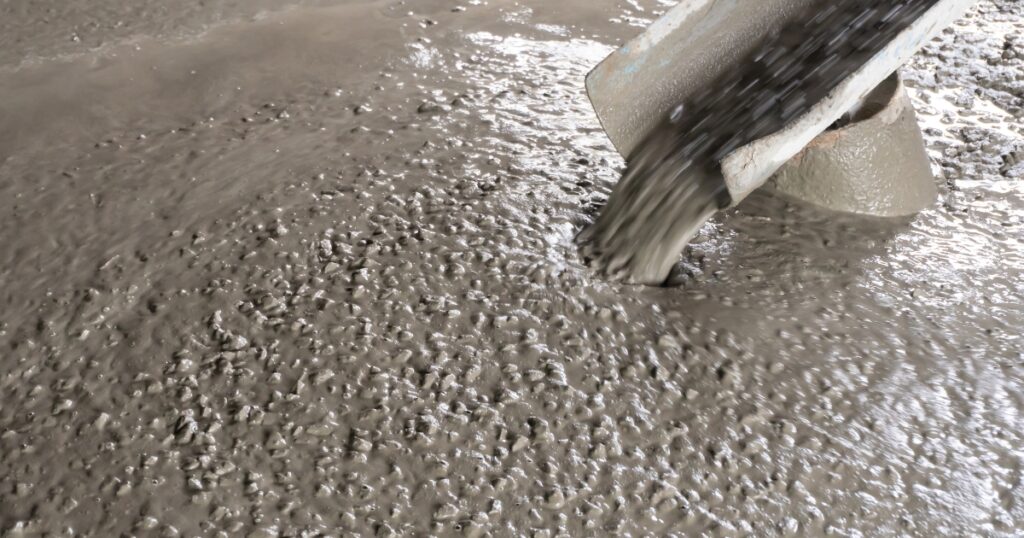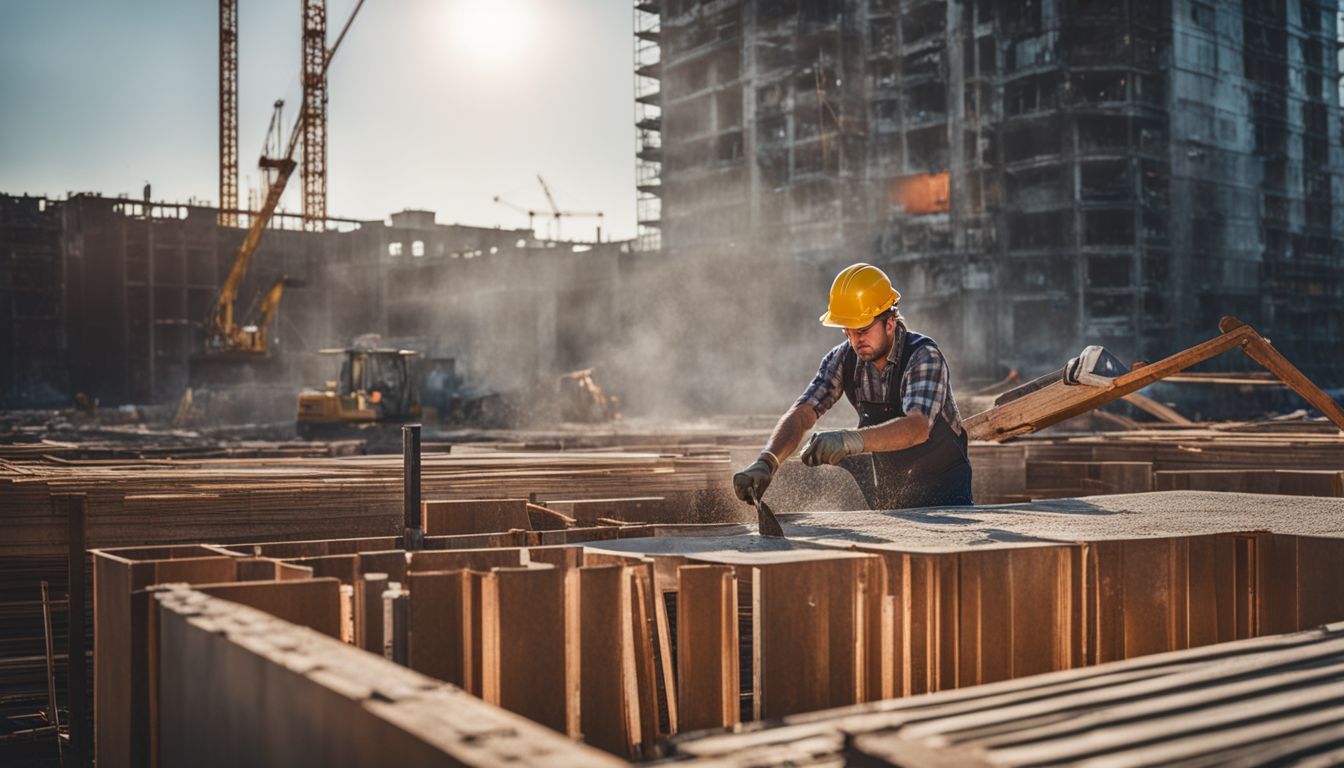
Getting the perfect look for concrete buildings in Maitland can be a bit of a head-scratcher. We’ve hit those same hurdles and found out that formwork is pretty much the secret sauce.
Today, we’re keen to show you how mixing up formworks can switch up your concrete structures from the classic styles right through to cutting-edge designs. Keen as? Stick around because you’re about to get the lowdown!
Understanding Formwork in Construction
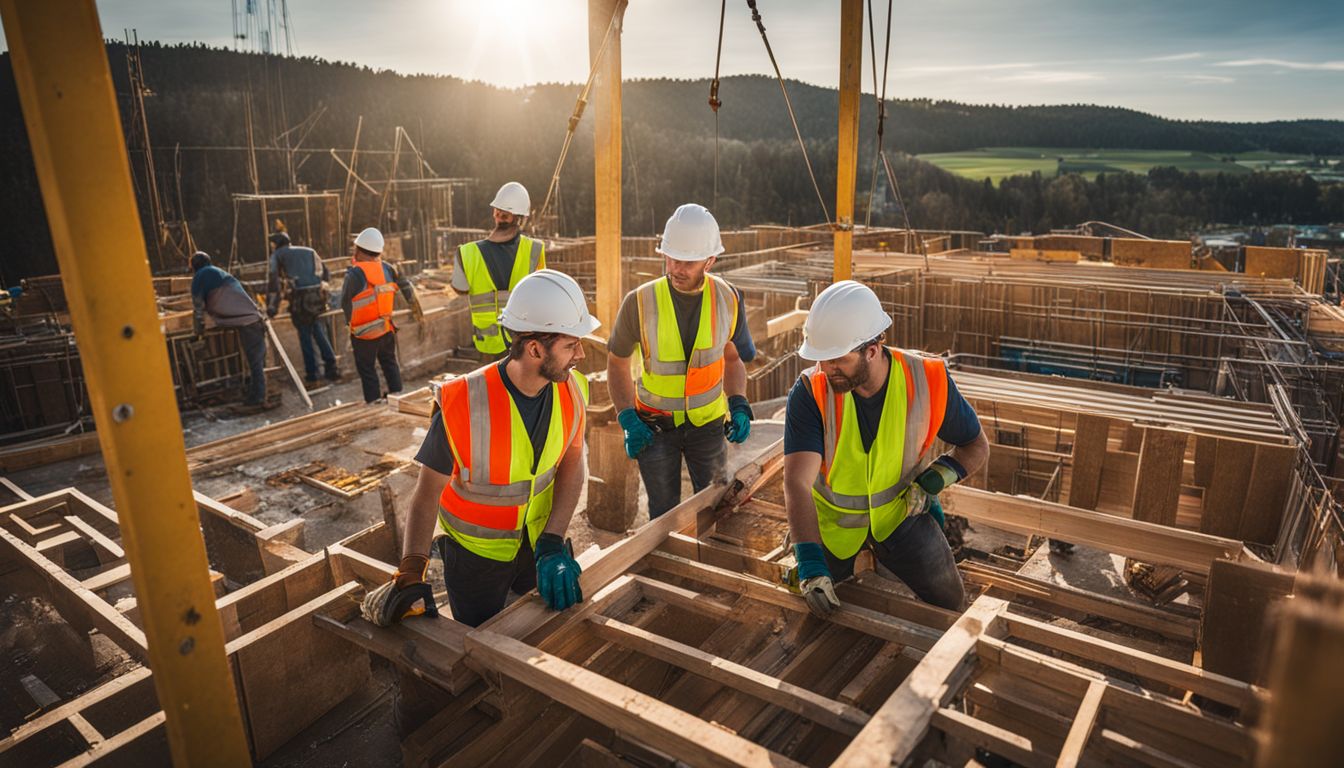
Formwork in construction involves creating temporary structures to hold concrete in position until it sets. This fundamental process plays a pivotal role in shaping the world of architecture and building design, especially when it comes to constructing complex and unique concrete structures.
Definition and Function
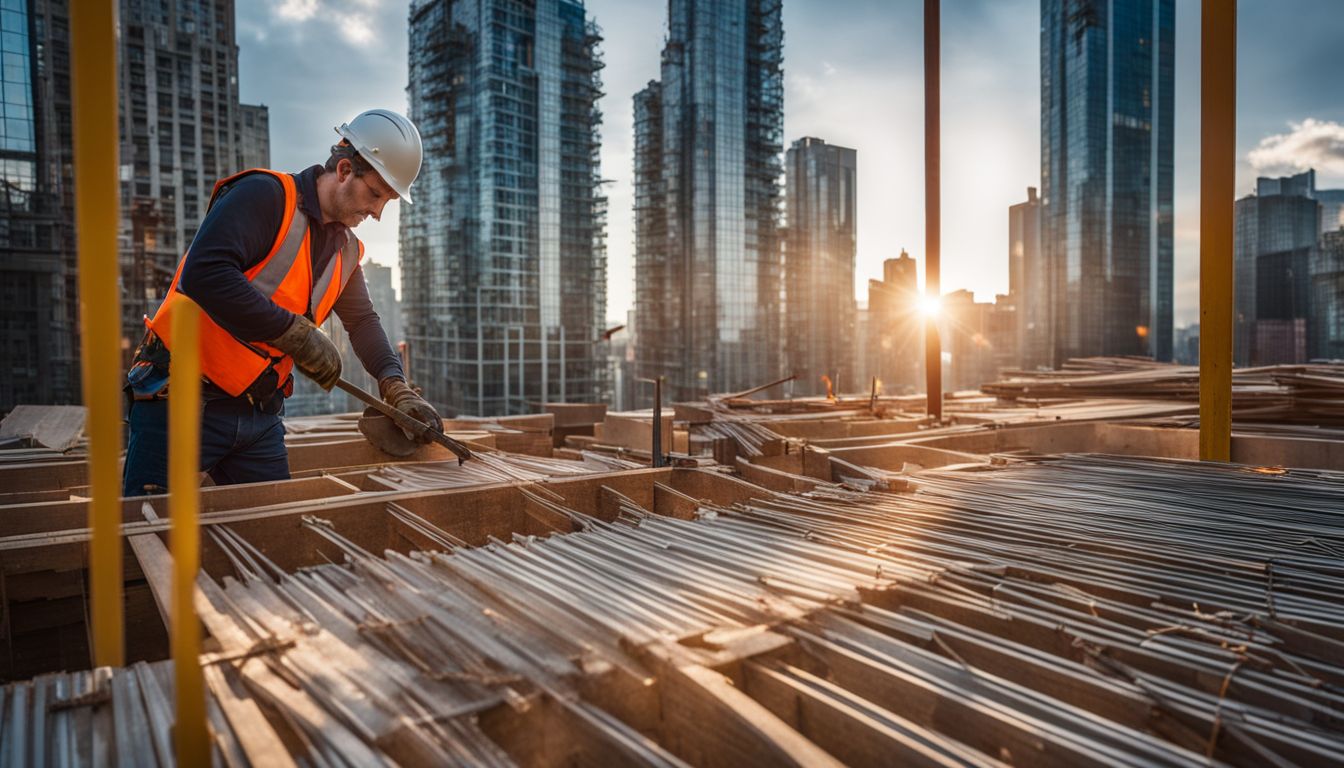
Formwork serves as a temporary mould for shaping concrete in construction projects, including the innovative structures that define Maitland’s skyline. This critical component holds wet concrete in place until it hardens and takes on the desired shape, whether geometric or organic.
The versatility of formwork allows architects and builders to create buildings with unique designs and complex curvatures, pushing beyond traditional architectural limits.
Our team uses formwork not just for its fundamental role in creating solid structures but also as a tool for artistic expression within the urban landscape. Through strategic planning and design, we mold concrete into functional works of art that contribute significantly to Maitland’s aesthetic appeal and robust architecture.
This approach elevates our projects, making them landmarks within the community while ensuring they meet all structural requirements for safety and longevity.
Traditional vs. Modern Methods
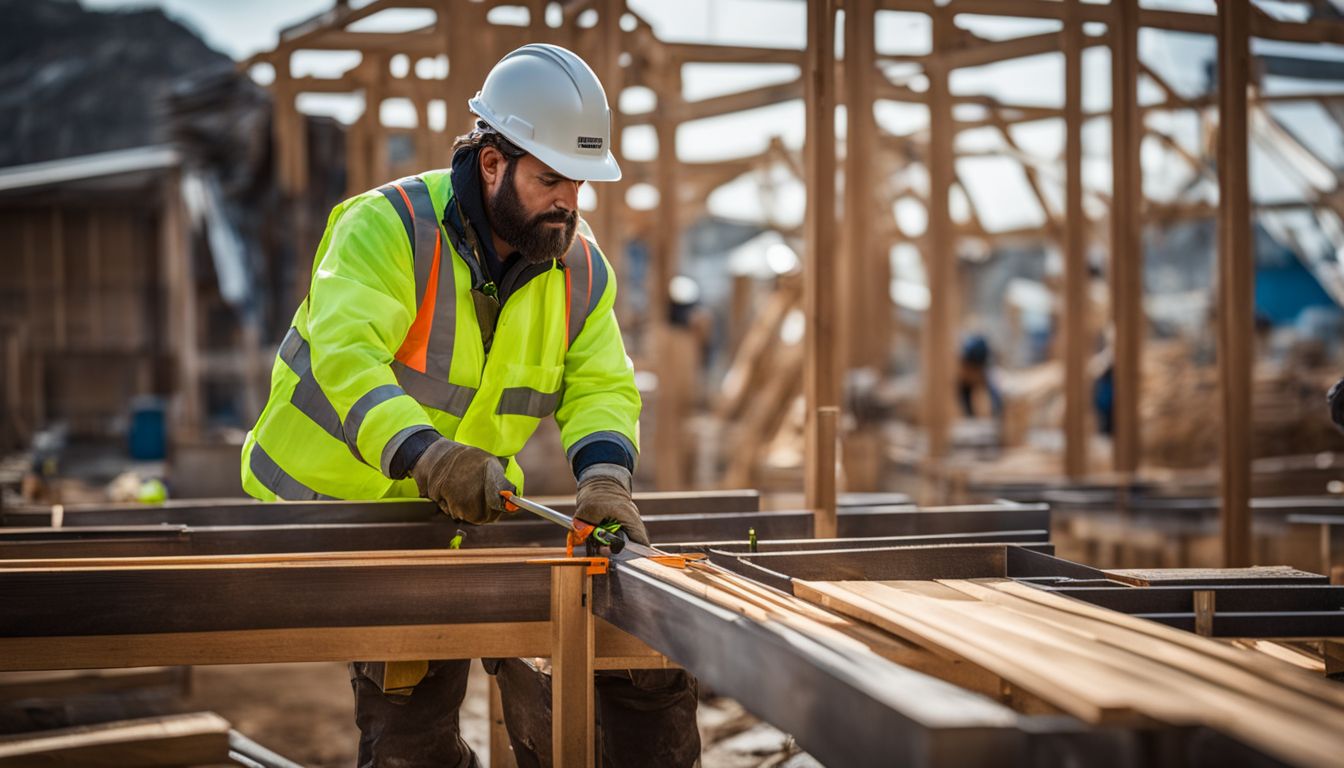
We understand the critical role formwork plays in the construction of concrete structures, shaping them from mere concepts into tangible realities. It’s essential for us, especially as business owners, to grasp the nuances between traditional and modern methods of formwork construction. This understanding not only aids in making informed decisions but also in appreciating the technological advancements and innovative materials that have revolutionised this field.
| Aspect | Traditional Methods | Modern Methods |
|---|---|---|
| Materials | Wood and metal are predominantly used, which can be heavier and less flexible. | Incorporates lightweight and high-strength materials like plastic, fibreglass, and advanced polymers. |
| Reusability | Limited reusability, leading to higher costs and more waste. | Designed for multiple uses, reducing waste and lowering project costs over time. |
| Adaptability | Less adaptable to complex shapes, requiring more time and resources for custom designs. | Highly adaptable, with flexible formwork systems allowing for the creation of unique and complex structures efficiently. |
| Labour Intensity | More labour-intensive, often requiring skilled carpenters and additional manpower for setup and removal. | Less labour-intensive due to ease of assembly and dismantling, saving time and reducing labour costs. |
| Construction Time | Longer construction times due to manual processes and slower adaptation to changes. | Significantly reduces construction time with pre-assembled units and quicker adaptation to design changes. |
| Environmental Impact | Higher environmental impact due to less efficient use of materials and increased waste. | Lower environmental impact through efficient use of materials and reduction in waste. |
Our journey in the construction industry compels us to constantly seek out and adopt modern methods that promise efficiency, adaptability, and sustainability. These advancements not only empower us to create landmarks that stand the test of time but also reflect our commitment to innovation and environmental responsibility. The table above succinctly captures the pivot from traditional to modern formwork methods, encapsulating our move towards smarter, faster, and greener construction methodologies.
The Significance of Curved and Flexible Formwork
Curved and flexible formwork holds a significant role in shaping the aesthetic appeal and functional design of concrete structures. It brings out unique architectural designs, elevating Maitland’s structures with a blend of reinforced concrete architecture.
The strategic use of curved and flexible formwork showcases the expertise behind Maitland’s concrete structures, portraying an ever-evolving approach to construction techniques.
Aesthetic Appeal
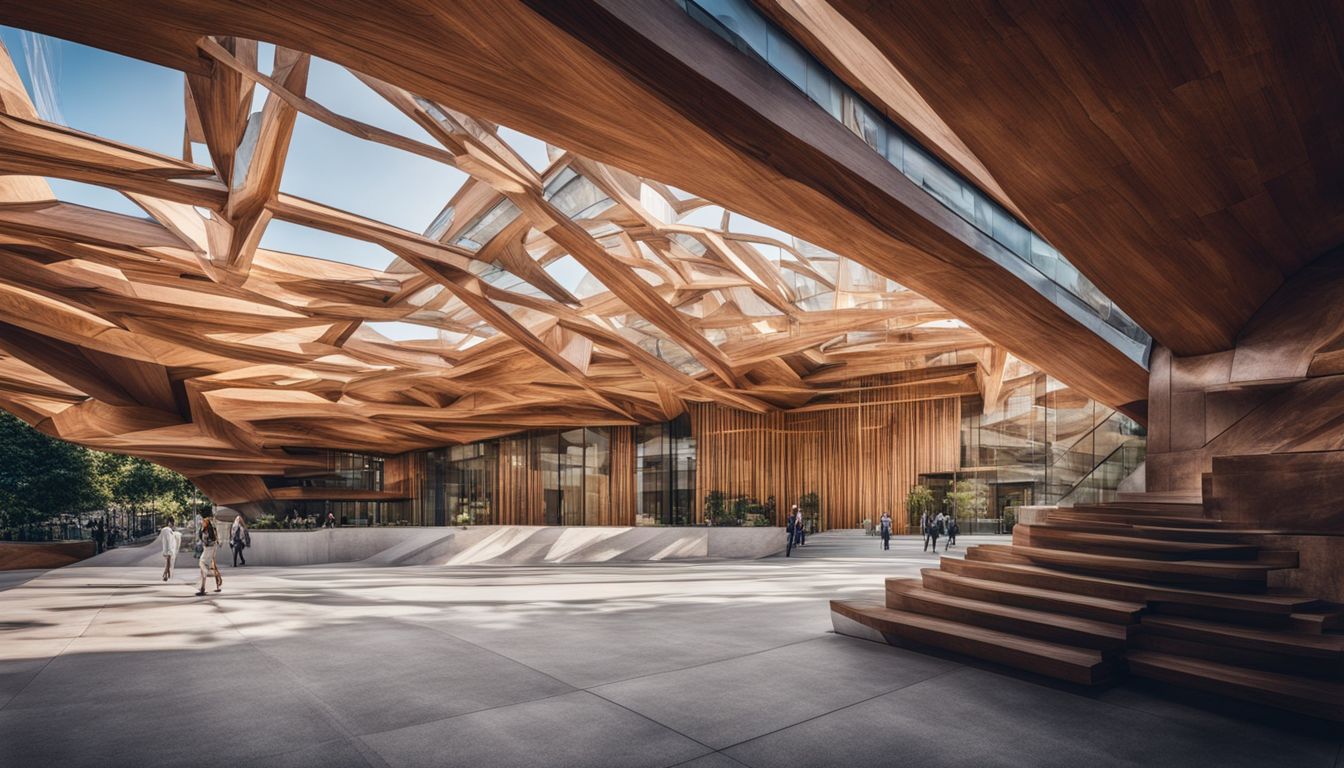
The aesthetic appeal of concrete structures in Maitland is significantly shaped by innovative formwork designs. We harness flexible formwork to create both geometric and organic shapes, offering a visually captivating variety that elevates the urban landscape.
Our approach marries functionality with striking beauty, producing buildings that are not only structurally sound but also architectural masterpieces.
Architecture should speak of its time and place, but yearn for timelessness. – Frank Gehry
This philosophy guides us as we mould concrete into forms that defy traditional boundaries, blending curves and lines to craft spaces that inspire and engage. In shaping Maitland’s concrete structures, our work reflects the fluidity of concrete through design ingenuity, transforming raw materials into lasting monuments of contemporary craftsmanship.
Functional Design

Moving beyond aesthetic appeal, we focus our attention on functional design and how it plays a pivotal role in shaping Maitland’s concrete structures. We understand that architecture serves not only as art but also must meet practical demands.
Our designs emphasise functionality to ensure each structure not only looks impressive but performs exceptionally too. From supporting heavy loads to withstanding harsh weather, the flexibility of formwork technologies allows us to create buildings that are both beautiful and durable.
We incorporate fluid formwork technologies and innovative materials in our construction process, making sure every project meets the specific needs of its use. This approach results in concrete structures that contribute positively to urban development while providing safe, reliable spaces for businesses and their operations.
By prioritising functional design alongside aesthetic appeal, we craft spaces that stand the test of time and serve multiple purposes, reflecting the dynamic needs of Maitland’s community and landscape.
Types of Formwork Shapes
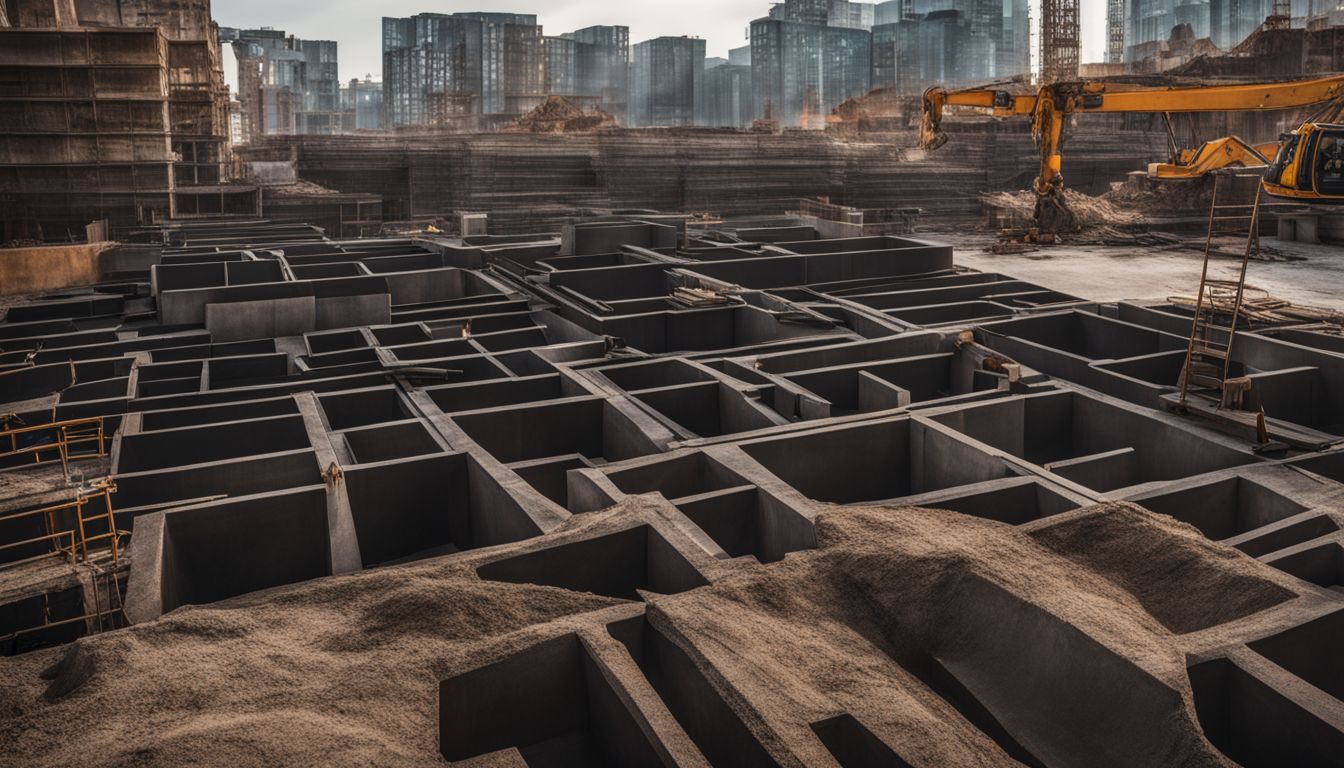
Formwork shapes play a crucial role in creating unique and visually striking concrete structures. From geometric forms to organic, flowing shapes, each type of formwork brings its own set of challenges and opportunities for creative expression.
Exploring the various formwork shapes adds depth and dimension to the construction process, ensuring that every structure stands out with its distinctive design.
Geometric Shapes

Geometric shapes play a pivotal role in construction formwork, offering both aesthetic appeal and structural integrity to Maitland’s concrete structures. We harness the precision of squares, rectangles, circles, and triangles to create buildings that are not only visually striking but also highly functional.
These shapes allow for efficient use of space and materials, making them a preferred choice in urban development projects.
Our experience shows that incorporating geometric shapes into concrete construction enhances the overall design while ensuring durability. Each shape contributes to the building’s character, influencing how it interacts with its surroundings.
By carefully selecting and implementing these forms, we elevate Maitland’s architectural landscape, showcasing how thoughtful design can transform raw materials like reinforced concrete into remarkable structures.
Organic Shapes
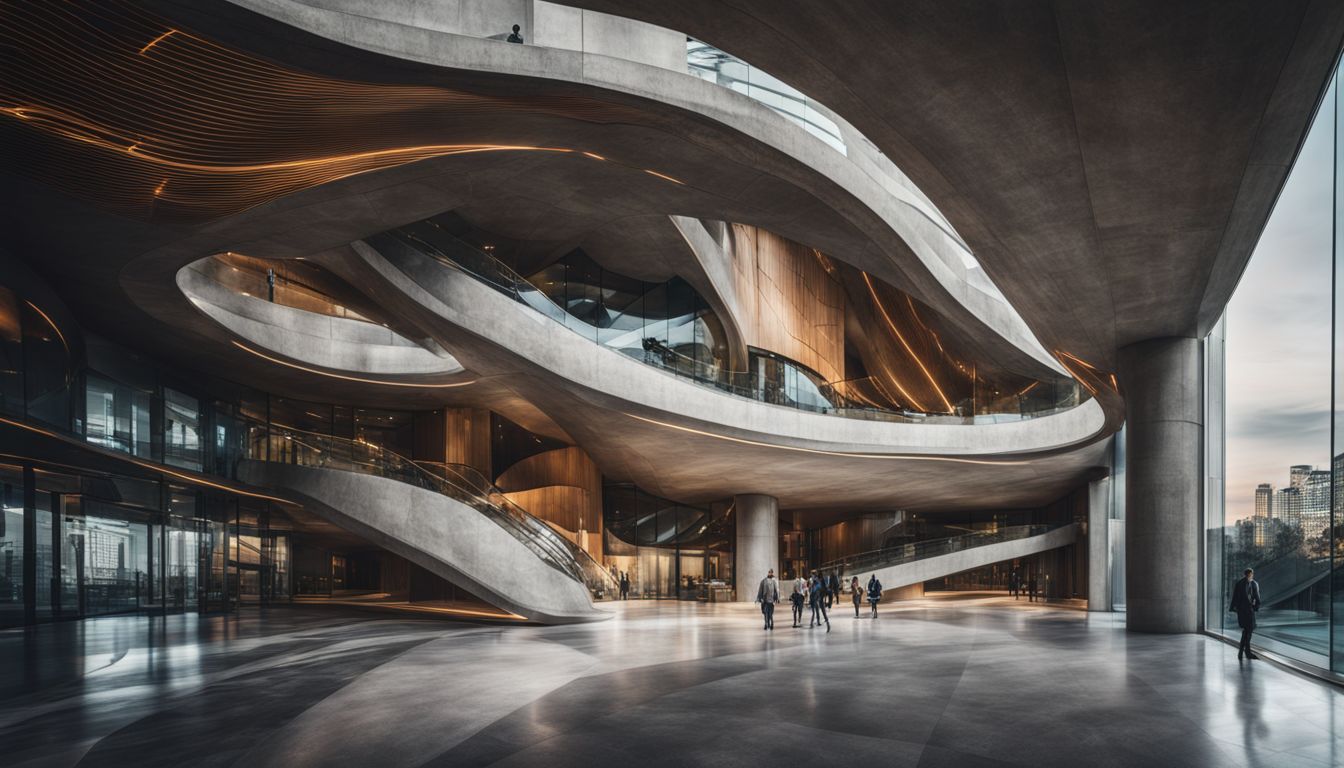
We explore the use of organic shapes in Maitland’s formwork, which breaks away from traditional geometric forms to introduce curves and fluid lines into concrete construction. These shapes mimic natural elements, bringing a sense of flow and dynamism to structures.
Architects and builders lean on these designs to create spaces that blend seamlessly with the environment, offering an aesthetic appeal that stands out.
Incorporating organic shapes into concrete structures requires innovative formwork solutions. Flexible materials like reinforced fabrics come into play, allowing for the creation of unique architectural designs that challenge the norms of building in urban development.
This approach not only opens up new possibilities in design but also contributes to more inviting and visually engaging spaces in Maitland’s cityscape.
Materials Used in Formwork Construction
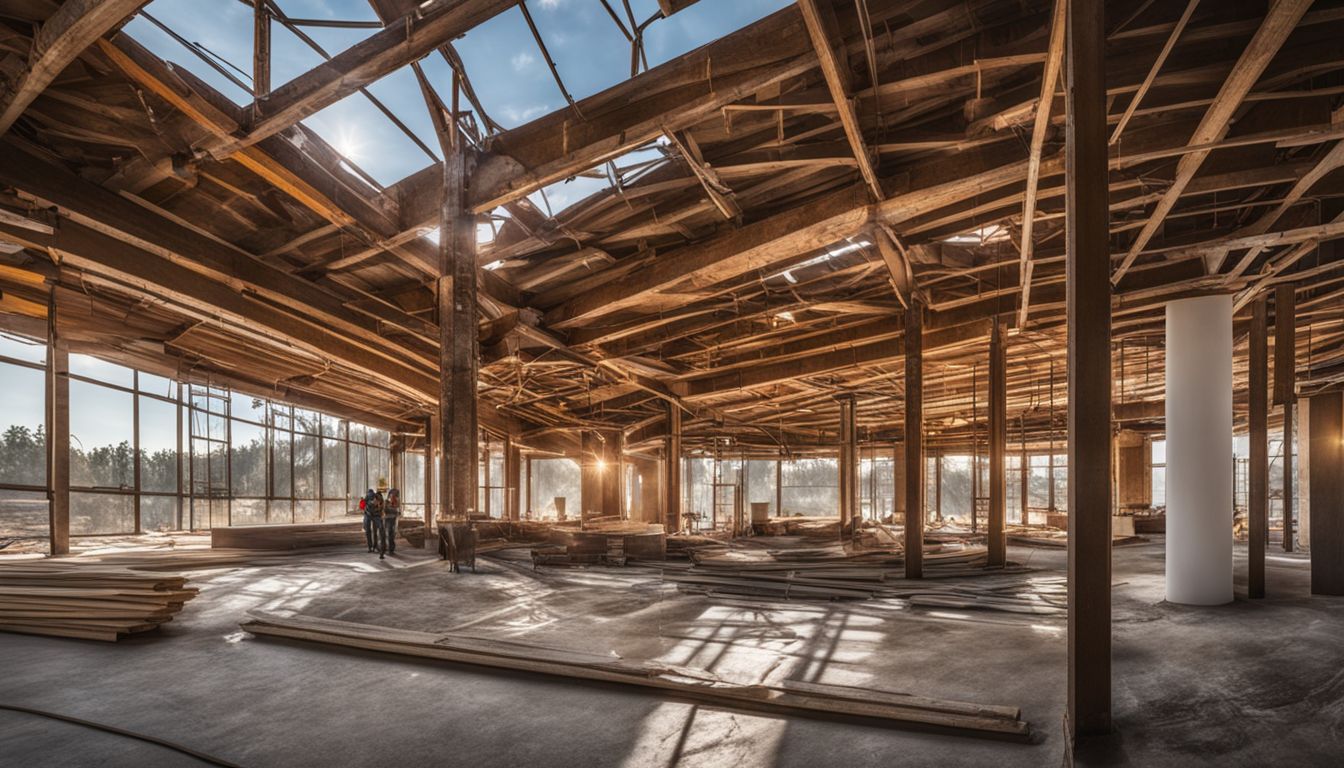
Formwork construction relies on a variety of materials to hold concrete in position. Traditional options include timber and plywood, while modern methods often utilise steel and aluminium for their durability and reusability.
Flexible fabrics such as engineered polymer membranes are also being employed to create temporary structures for moulding concrete into unique shapes.
Traditional Materials
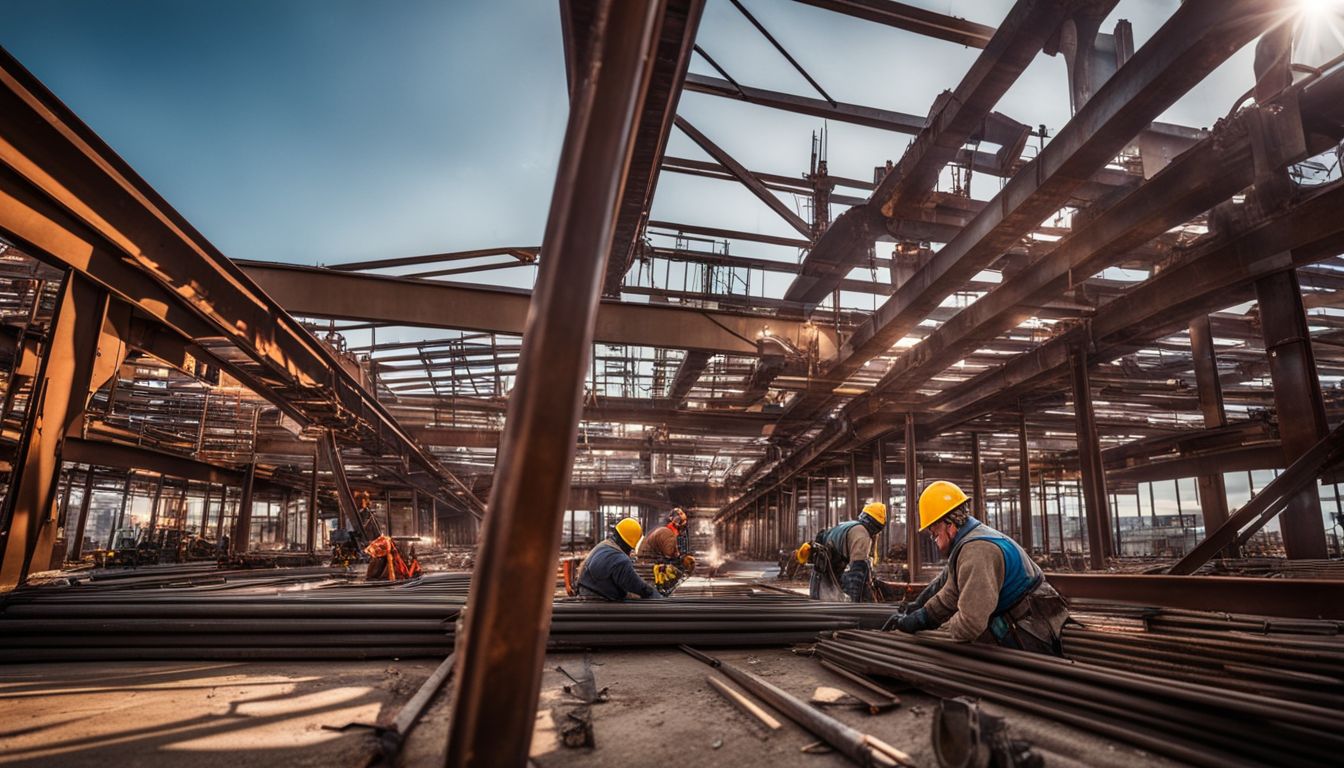
We often use wood and steel in our construction projects, as they are traditional materials crucial for formwork. These elements have stood the test of time due to their reliability and ease of handling.
Wood offers a versatile option for moulding concrete structures, allowing us to shape various geometric or organic forms with precision. Steel, on the other hand, provides exceptional strength that supports large-scale constructions and complex designs.
Exploring these materials further reveals their significant role in shaping Maitland’s architectural landscape. Our careful selection of wood and steel not only supports the aesthetic appeal of each structure but also ensures its functionality and durability over years.
With every project we undertake, our aim remains clear: to combine these tried-and-true materials with innovative construction techniques, elevating Maitland’s urban development while preserving the essence of traditional craftsmanship.
Reinforced Concrete

Reinforced concrete plays a crucial role in shaping the structural integrity of Maitland’s buildings. The incorporation of steel rebar within the concrete not only enhances its strength and durability but also allows for more intricate and innovative architectural designs.
This method ensures that structures can withstand significant loads, providing long-term stability and security to support various urban development initiatives.
The use of reinforced concrete architecture in Maitland showcases a fusion of functionality and aesthetics, further contributing to the city’s unique architectural landscape. Business owners looking to invest in construction projects should consider the advantages offered by reinforced concrete, as it presents an opportunity for durable, visually striking structures that stand the test of time.
Flexible Fabrics
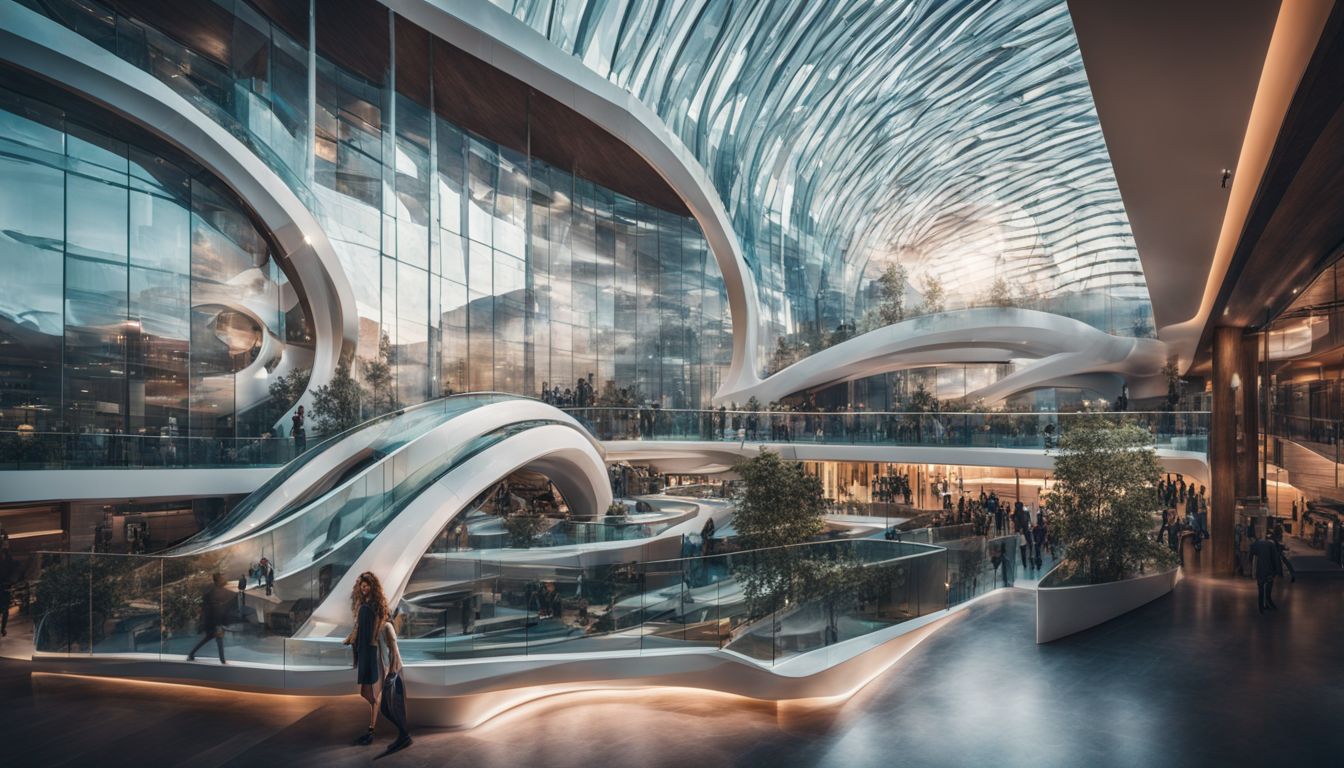
Flexible fabrics play a pivotal role in modern formwork construction. Utilising materials such as high-strength textiles and flexible membranes enhances the versatility of concrete structures, allowing for unique shapes and designs that were previously challenging to achieve with traditional formwork methods.
The use of these fabrics enables rapid installation, reducing construction time and costs while maintaining structural integrity. By incorporating flexible fabrics into formwork construction, business owners can elevate their architectural designs, creating visually stunning and functional structures tailored to meet the ever-evolving demands of the urban development realm.
The integration of flexible fabrics goes beyond aesthetics, contributing to sustainable construction practices through reduced material usage and improved energy efficiency during both construction and building operation phases.
The Process of Formwork Construction
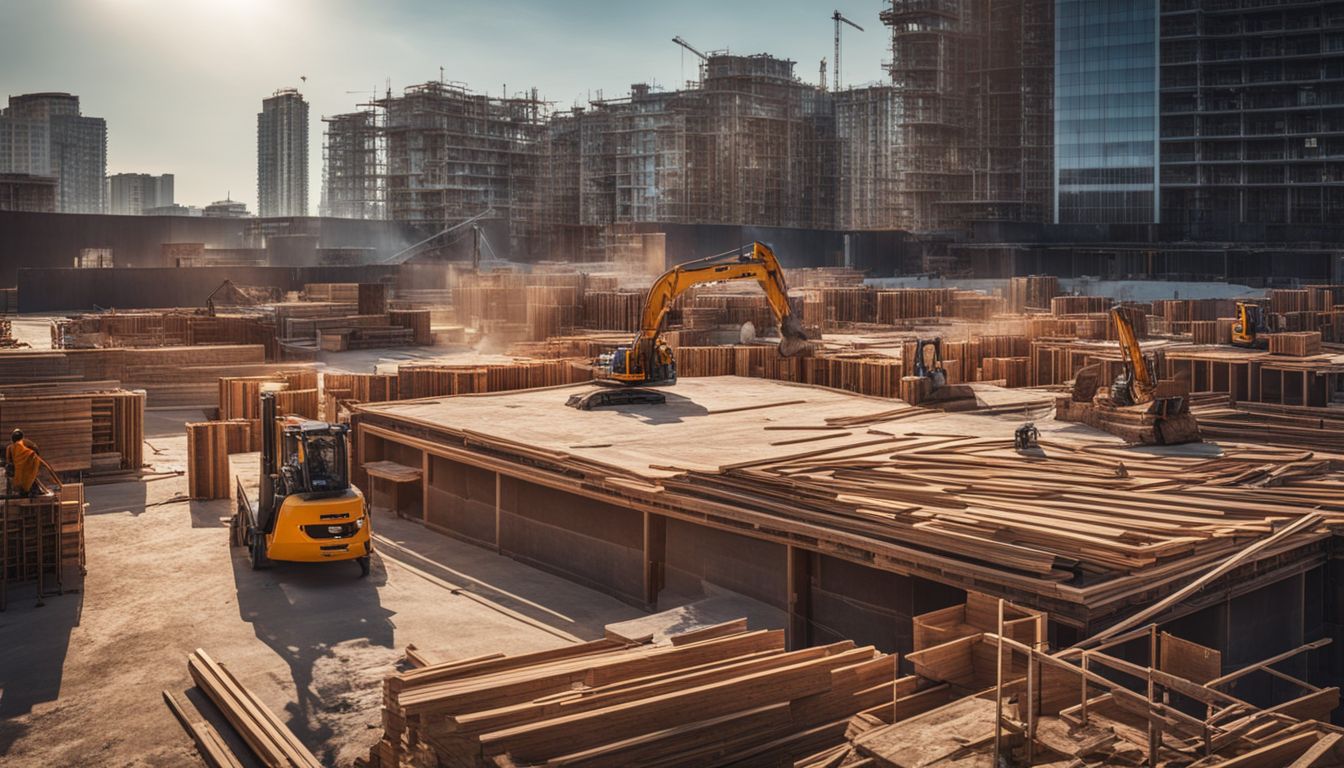
The process of formwork construction involves planning and design, executing the construction, and then stripping and removing the formwork after the concrete has set. During planning and design, factors such as load-bearing capacity, flexibility, and formwork material are determined to ensure successful execution.
The execution phase involves assembling the formwork to hold the concrete in place until it sets, while stripping involves carefully removing the temporary structure without damaging the newly formed concrete shape.
Planning and Design
When planning and designing formwork for concrete structures, it is crucial to consider the specific shapes and dimensions required. This involves assessing the architectural design and determining the most suitable materials, as well as ensuring that the formwork will withstand the pressure of fresh concrete.
The process begins with a detailed analysis of the structural requirements, followed by meticulous planning to create custom formwork that precisely matches the intended design. This tailored approach ensures that each structure can be constructed efficiently while achieving its unique aesthetic appeal.
During this phase, we select optimal materials such as traditional timber or modern flexible fabrics based on project specifications. Additionally, our team scrutinises every detail to ensure a seamless execution from start to finish.
Execution
Formwork execution is a critical phase in the construction process, where the meticulously planned and designed formwork takes shape into physical structures. At this stage, we bring to life the tailored plans for creating concrete shapes that underpin Maitland’s architectural canvas.
With a focus on efficiency, skilled professionals undertake the precise placement of materials, ensuring that everything aligns seamlessly for optimal structural integrity.
As business owners invested in concrete structure development, understanding the fluidity of formwork execution allows one to navigate complexities with ease. Reinforced by our suite of skillful experts and leveraging cutting-edge fluid formwork technologies, executing these plans is not merely about achieving milestones but also about crafting bespoke structures that elevate urban landscapes.
Stripping and Removal
Upon completion of the concrete curing process, it is time for the removal of the formwork. We carefully dismantle the formwork to uncover the newly shaped concrete structures. This involves systematically disassembling all elements, including panels and supports, in a safe and efficient manner.
The use of appropriate tools and equipment is crucial during this phase to ensure that no damage occurs to the concrete surface or structure.
The stripped formwork can then be reused on other parts of the construction site, reducing waste and contributing to sustainable practices. This reusability adds an element of cost-effectiveness to our construction processes while also streamlining project timelines.
The Role of Formwork in Shaping Maitland’s Concrete Structures
Formwork plays a crucial role in shaping the unique architectural designs and reinforced concrete structures in Maitland. It elevates structures behind the scenes, showcasing Maitland’s formwork expertise while enhancing the aesthetic and functional design of its urban development.
Read more about how formwork shapes Maitland’s landscape.
Unique Architectural Designs
Architectural designs in Maitland are unlike any other, standing out with their unique blend of geometric and organic shapes. These structures captivate with their aesthetic appeal while also serving functional purposes.
Whether it’s the fluidity of reinforced concrete or the innovative use of materials, these designs embody creativity and push boundaries.
The flexibility and versatility of formwork have enabled Maitland’s architects to fashion bespoke structures that go beyond traditional concepts. Geometric or organic shapes take center stage, underscoring an ever-evolving approach towards construction technologies for concrete formwork.
Reinforced Concrete Architecture in Maitland
Reinforced concrete architecture in Maitland exemplifies the convergence of modern engineering and elegant design. The deliberate use of reinforced concrete ensures not only structural strength but also architectural artistry, making it an ideal choice for innovative urban development.
This permanent formwork technique involves the strategic placement of steel reinforcement within the concrete to provide exceptional tensile strength, resulting in enduring structures that stand the test of time while embodying graceful aesthetics and functional design.
Elevating the cityscape with its versatility and resilience, reinforced concrete architecture in Maitland showcases a harmonious blend of raw materials and advanced construction technologies.
Elevating Structures: Behind the Scenes of Maitland’s Formwork Expertise
Moving from the intricate world of reinforced concrete architecture in Maitland, let’s delve into the behind-the-scenes mastery of formwork expertise. Our suite of construction technologies for concrete formwork underpins Maitland’s ability to shape not only structures but also urban landscapes.
Seeking more than just raw materials in construction, we meticulously craft temporary structures designed to enhance both aesthetic and functional aspects. It is advisable to unlock the secrets of our ever-evolving methods and fluid formwork technologies.
The Future of Formwork in Construction
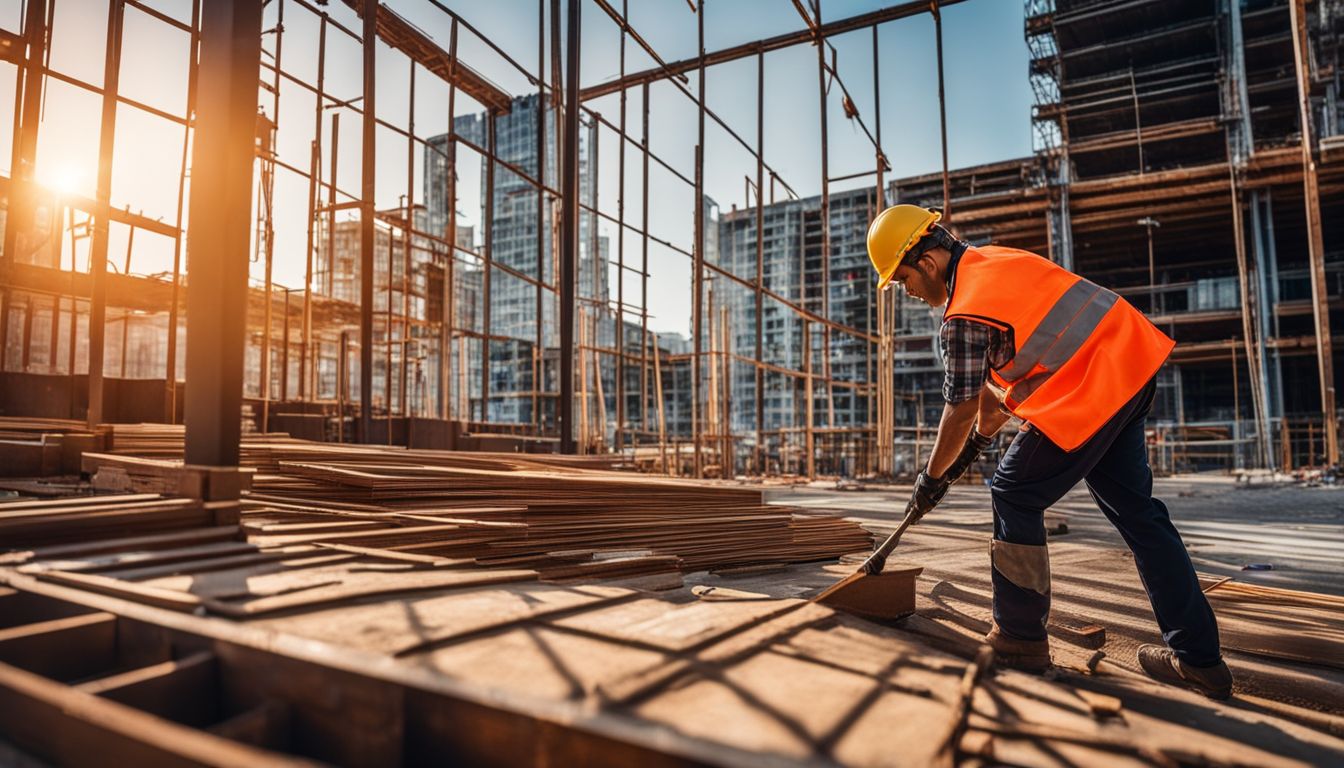
Formwork in construction is constantly evolving with fluid formwork technologies and innovative materials. These advancements are shaping the future of formwork, offering more flexible and efficient solutions for concrete structures.
As the world of construction continues to evolve, these developments open up new possibilities for creating bespoke architectural designs that not only enhance aesthetics but also underpin the functionality of structures.
Fluid Formwork Technologies
Fluid formwork technologies are revolutionising the construction industry, offering innovative methods for shaping concrete structures. These advanced techniques enable us to create complex and intricate designs with precision and efficiency.
By utilising flexible formwork materials and cutting-edge construction processes, we can achieve fluid forms that were once thought impossible. These modern technologies not only enhance the aesthetic appeal of concrete structures but also provide practical solutions for implementing organic shapes and unconventional designs.
Incorporating fluid formwork technologies into our construction projects allows us to push the boundaries of traditional concrete moulding, opening up new possibilities for architectural expression.
Innovations in Materials and Methods
Innovations in materials and methods are revolutionising formwork construction. Cutting-edge materials such as advanced polymers, fibre-reinforced plastics, and high-density foam are enhancing the flexibility and durability of formwork.
These innovations allow for more intricate shapes to be achieved with greater ease, enabling architects to push the boundaries of design. Additionally, new methods such as 3D printing and robotic formwork assembly are streamlining the construction process, reducing time and labour costs while maintaining precision.
The integration of these technological advancements not only improves efficiency but also opens up a realm of possibilities for creating bespoke concrete structures that were previously unattainable using traditional methods.
Conclusion
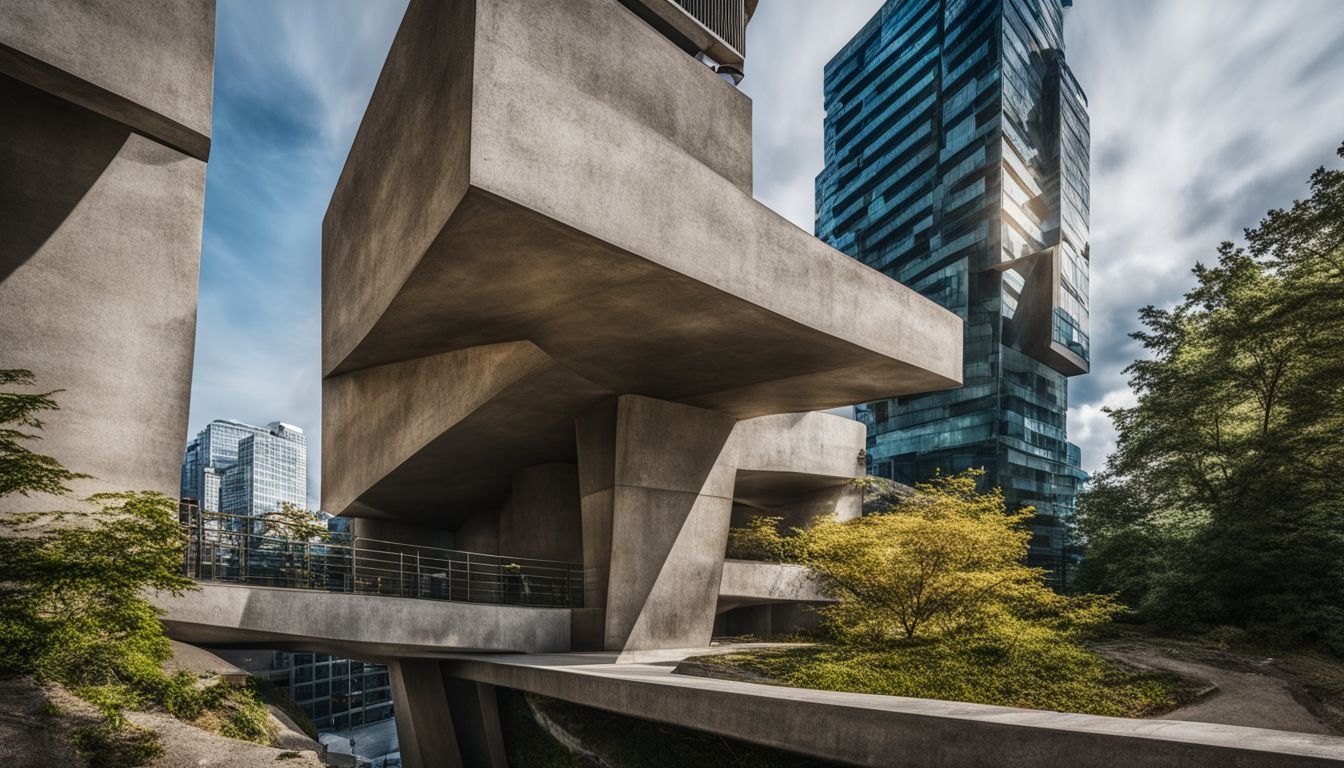
Formwork plays a crucial role in shaping Maitland’s concrete structures, blending aesthetic appeal with functional design. From unique architectural designs to the use of reinforced concrete, it underpins the ever-evolving realm of construction technologies for concrete formwork.
Fluid formwork technologies and innovations in materials are poised to unlock new secrets and robust solutions for creating bespoke structures. The future holds exciting possibilities as we continue to seek more than just temporary support but also designed to enhance the fluidity of concrete.
For a deeper dive into how formwork is revolutionising Maitland’s skyline, explore our feature on Elevating Structures: Behind the Scenes of Maitland’s Formwork Expertise.
